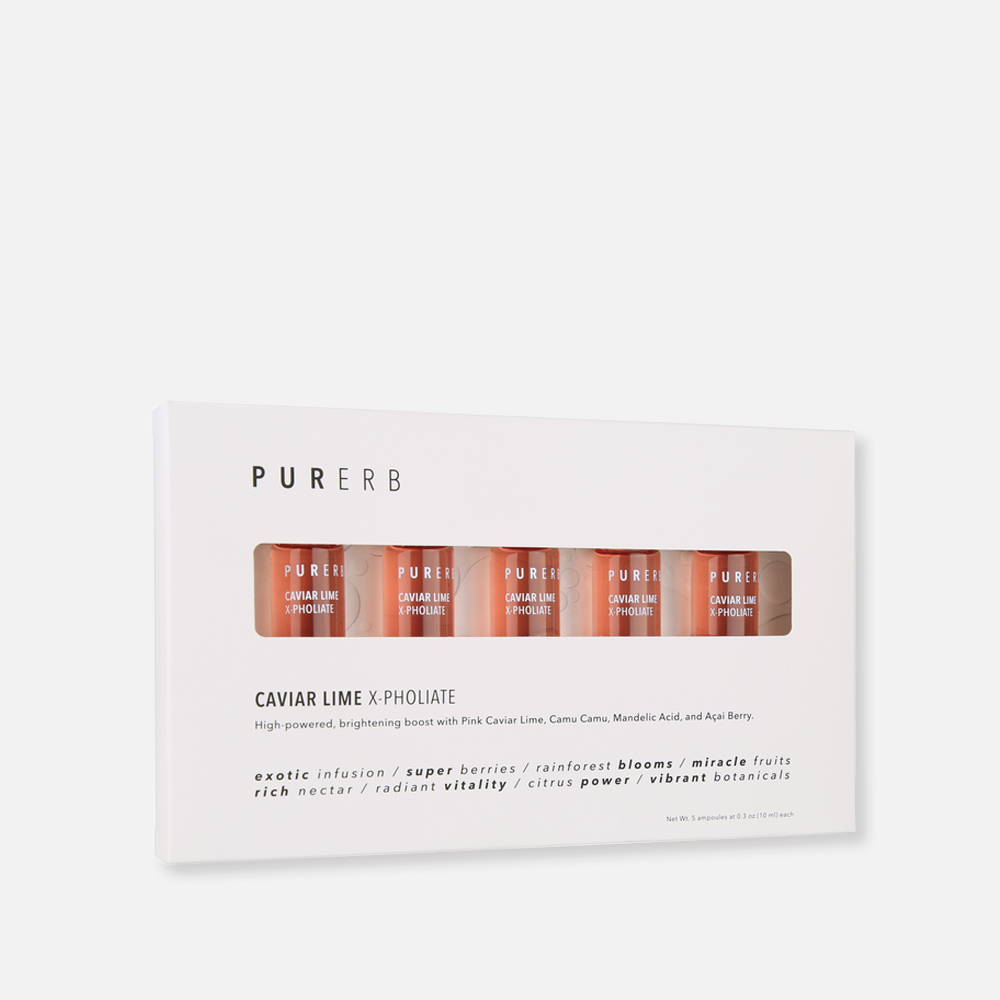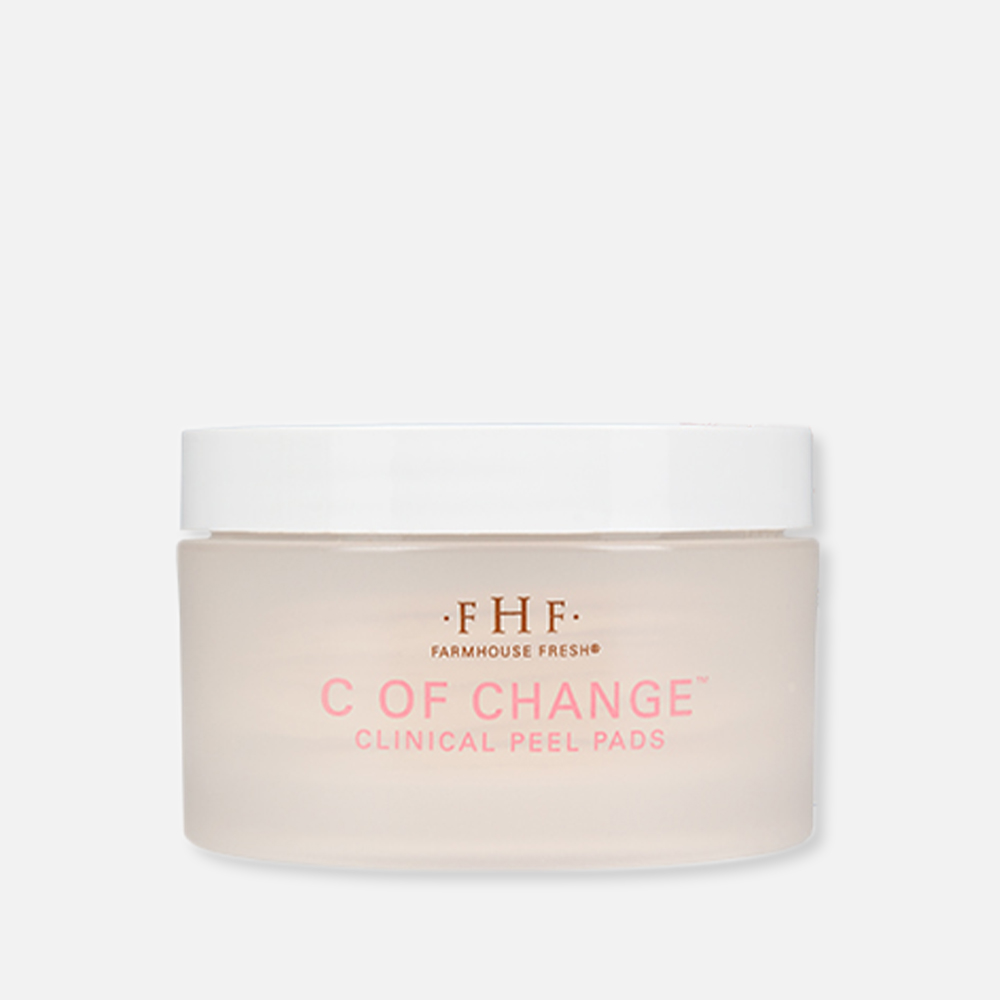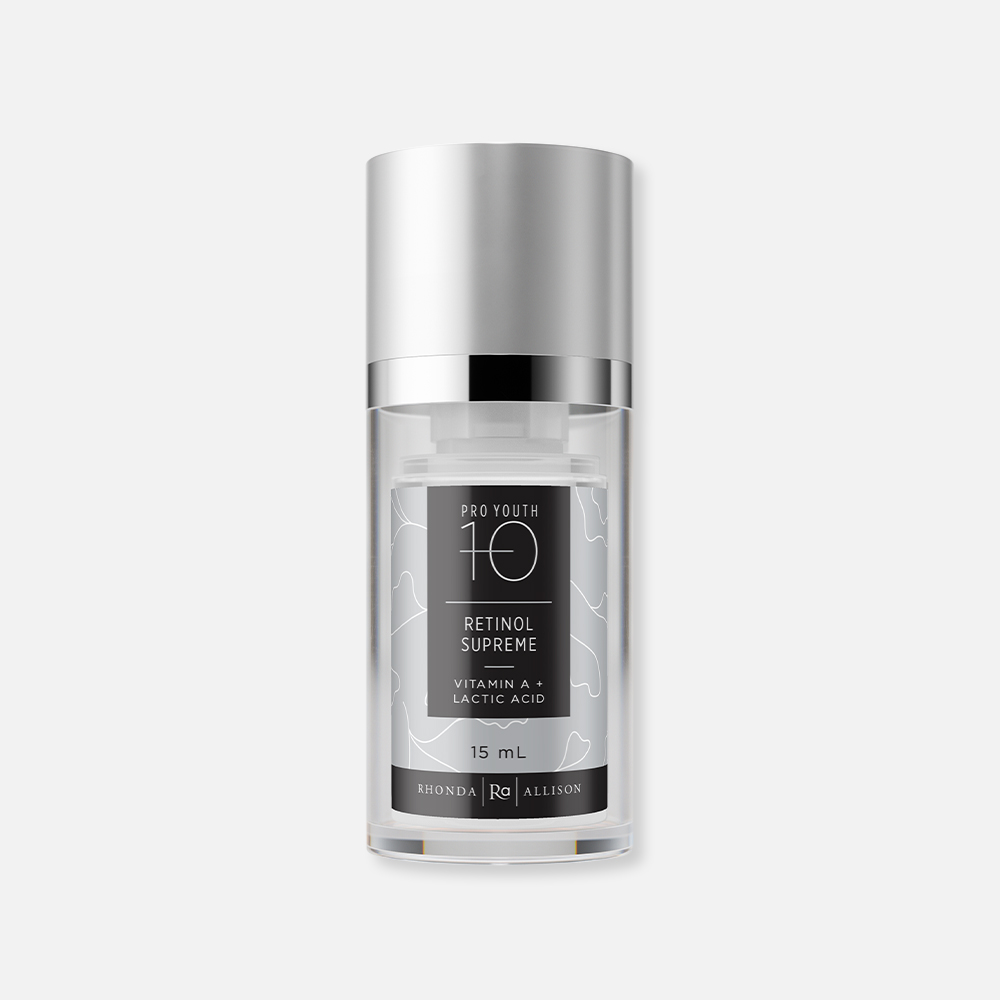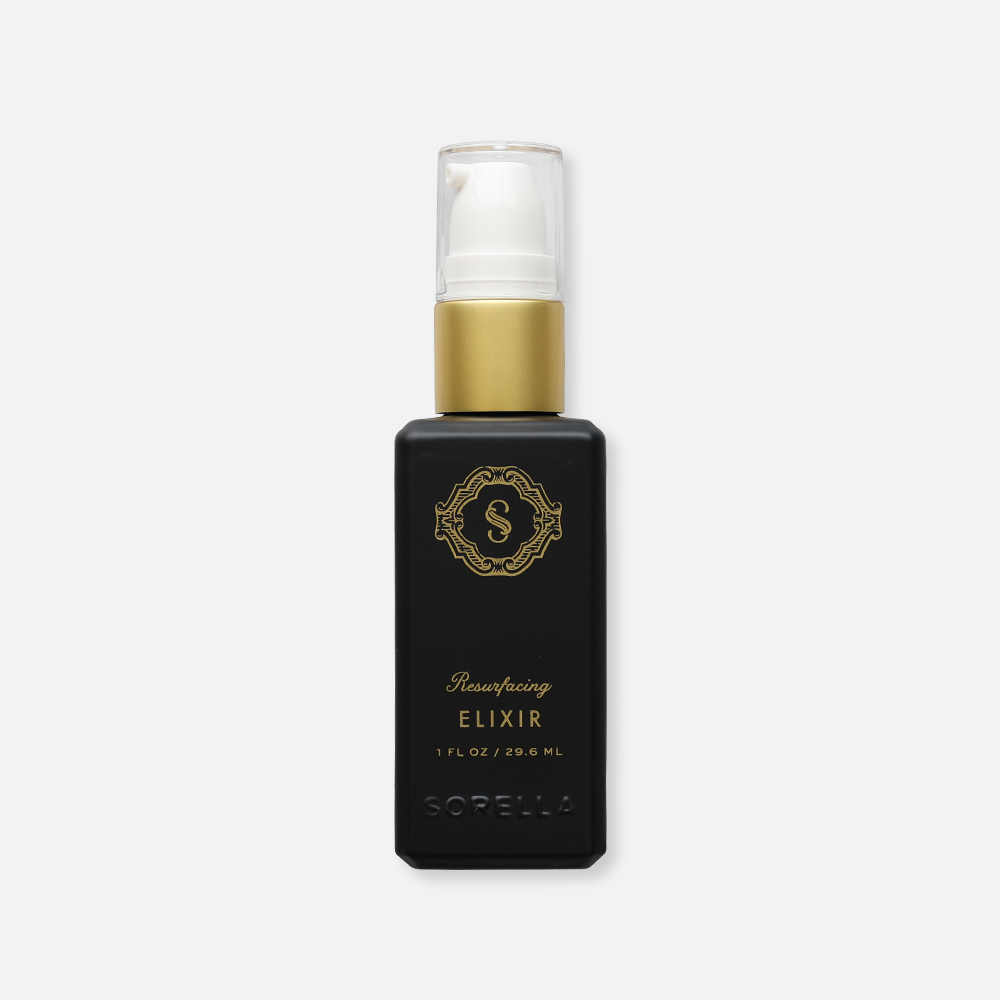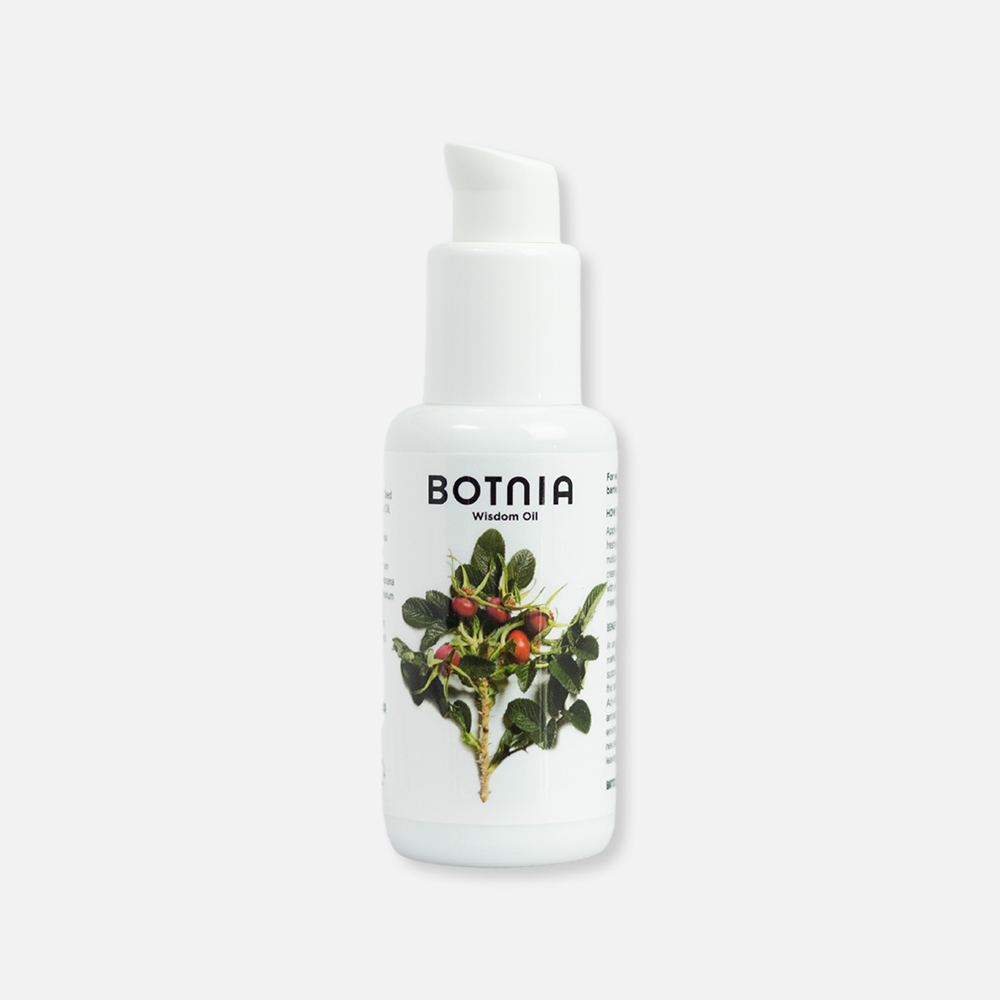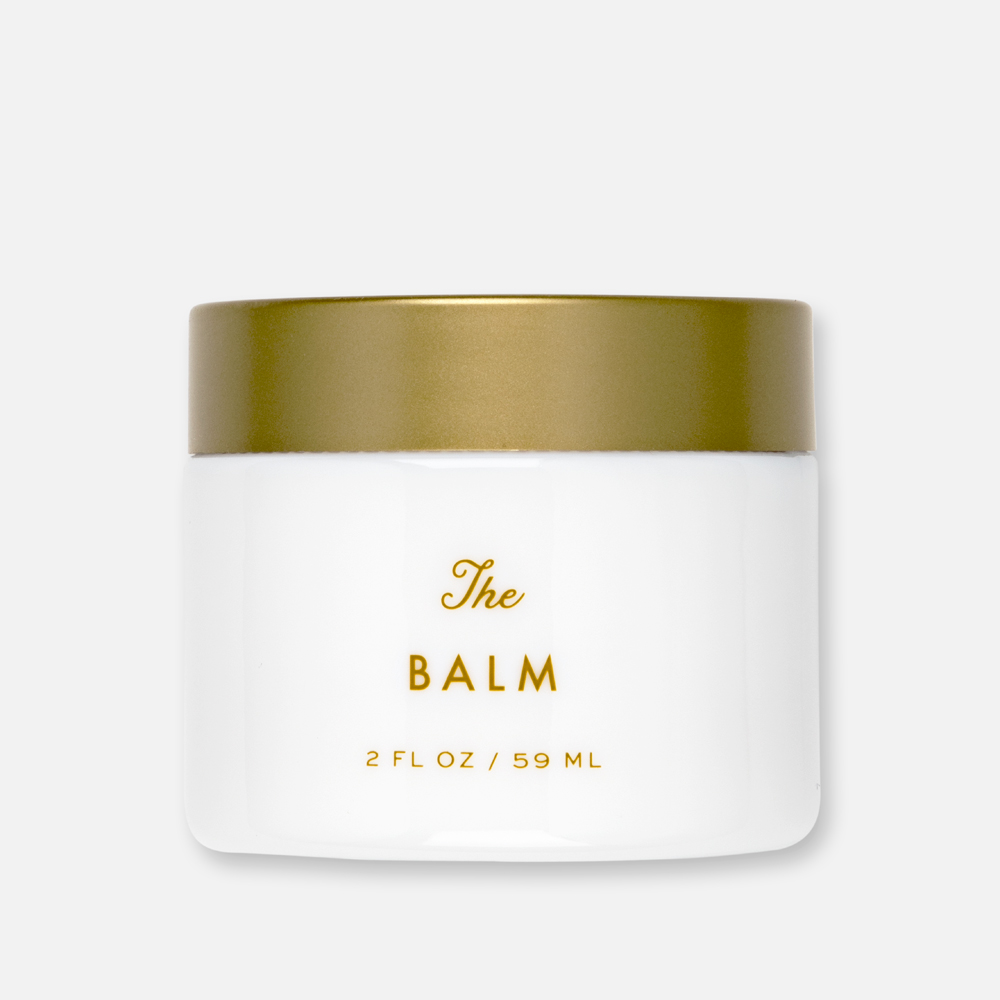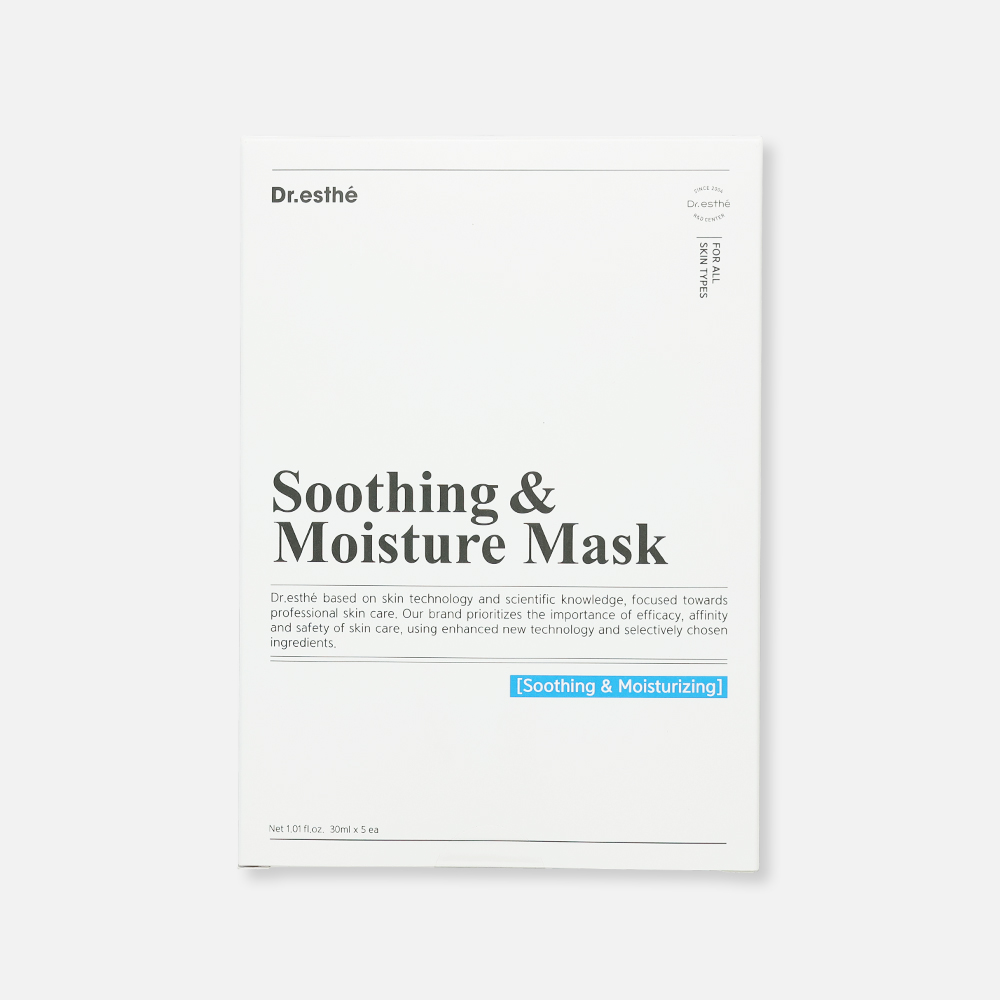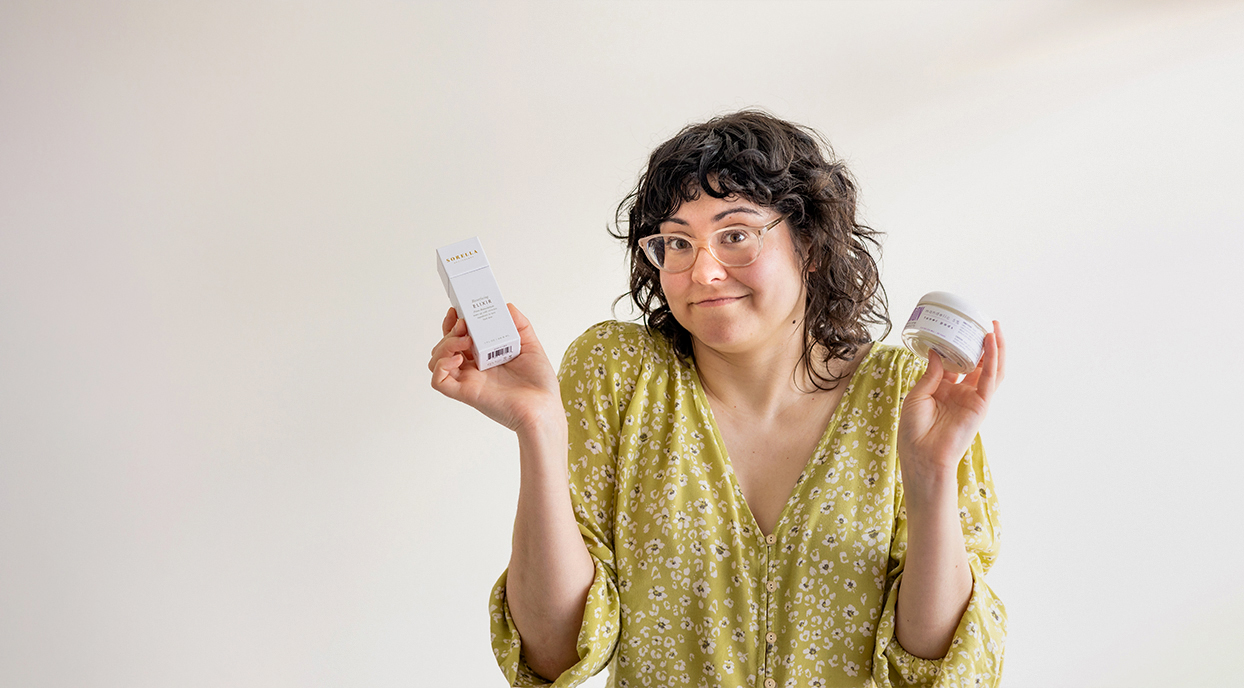
Have you checked out the latest skincare trend on TikTok—skin cycling? While we don’t necessarily recommend using social media as your personal esthetician, when it comes to this latest advice on alternating your regimens, you’re going to want to listen up.
Skin cycling may be trending recently, but it’s definitely not new. It’s been a staple in dermatology for quite some time as a way to slowly introduce new active products into a routine. In the same way we work different muscles in the gym from day to day, we can focus on particular skincare ingredients and concerns on alternating days as well.
- What is Skin Cycling?
- Benefits of Skin Cycling
- Who Will Benefit from Skin Cycling?
- Best Products For the Practice
- Jeana’s Skin Cycling Routine
What is Skin Cycling?
“Skin cycling is a strategic method for cycling through your evening skincare products to maximize results and minimize irritation,” says Dr. Whitney Bowe, M.D.—a New York-based board-certified dermatologist credited with coining the term “skin cycling.”
A classic cycle consists of four nights, with exfoliation on night one, retinoids on night two, and recovery/nourishing on nights three and four. The purpose of this order is to use an exfoliator the night before a retinoid allows for better penetration into the skin. Additionally, skin cycling is designed for your nighttime routine, as exfoliants and retinoids make skin more sensitive to sunlight. Be sure to keep your morning routine simple and free of actives, and always be sure to apply SPF.
That being said, you need to use what works for you. An alternative cycle could be exfoliation night, recovery night, retinoid night, recovery night, etc. The idea is not to pile on too many products together, overuse active ingredients, or over-exfoliate.
Classic Four-Night Cycle
Night One – Exfoliation
Night Two – Retinoids
Nights Three & Four – Nourishing
Benefits of Skin Cycling
One of the key benefits of skin cycling is to reduce negative side effects from active products. Exfoliants and retinoids can both be irritants, so the nourish, or off days, allow your skin to rejuvenate and recover.
You will see improved skin barrier health by not causing damage with over-exfoliation and overuse of active ingredients, leading to dryness and irritation.
Skin cycling allows a gentler, more strategic routine for using your more active products only a few times per week on a more outlined schedule. The idea here is not to exfoliate too many times per week or mix too many ingredients together on the same night.
Consistency is key to achieving the results you’re looking for. Skin cycling allows you to rotate products without an overwhelming routine with a plethora of steps every night. You will also get more bang for your buck by not using all of your products nightly.
Who Will Benefit from Skin Cycling?
Those with sensitive skin, dry skin, or acne wanting to introduce new actives into their routine will benefit greatly from skin cycling. Although, those with ultra-sensitive skin may not be able to handle exfoliation more than once per week, so definitely review with your dermatologist or esthetician before starting any new routine.
While more commonly recommended for people with acne-prone skin or other skin conditions causing sensitivity, such as rosacea or psoriasis, anyone can benefit from skin cycling to incorporate a wider range of new ingredients into their skincare routine, minimizing inflammation and irritation.
Patience is a virtue—it will take around 8 weeks to see full results from a skin cycling regimen
Best Products for the Practice
To get started, you’ll need:
- An exfoliator: You can use a chemical exfoliant-such as glycolic acid, lactic acid (AHAs), or salicylic acid (BHA), enzymes, or you can opt for a manual/physical exfoliating product such as a scrub or polish.
- A retinoid: The most common are retinol, retinaldehyde, or prescription tretinoin.
- A moisturizer or serum: Opt for something ultra-hydrating, nourishing, and possibly fragrance-free to minimize irritation.
*Note: on the exfoliation and retinoid nights, start with a simple, irritant-free cleanser and finish off with a nourishing/hydrating moisturizer.
Exfoliants – any cosmetic product designed to remove the build-up of dead skin cells. Can be mechanical/manual, chemical, or enzymatic. Check out more here.
- Alpha hydroxy acids (AHAs) – water-soluble acids coming from fruits, sugar cane, or milk that help dissolve dead skin cells and resurface the skin.
Best for those with aging skin concerns.- Beta hydroxy acids (BHAs) – oil-soluble acids that can get below the skin’s surface and provide antibacterial, anti-inflammatory properties.
Best for those with oily-skin types or who are acne-prone.- Enzymes – gently break down the keratin protein in the upper layer of skin, allowing dead skin cells to slough.
Great option for those with sensitive-skin types.Retinoids – derivatives of vitamin A to smooth skin, clear blemishes, combat pigment issues, and reduce fine lines and wrinkles. Popular types include retinol, retinaldehyde and tretinoin (pure retinoic acid). Learn more about the best for your skin type here.
JEANA’S SKIN CYCLING ROUTINE
Night One: Exfoliate
PurErb Caviar Lime X-Pholiate – contains mandelic acid & vitamin C to lighten and brighten the skin.
or
FarmHouse Fresh C Of Change Clinical Peel Pads – convenient pads loaded with a gentle, yet potent, blend of AHAs and BHAs with vitamin C to refine pores and brighten dark spots.
Night Two: Retinoid
Rhonda Allison Retinol Supreme *AOS Best Seller – encapsulated retinol blended with lactic acid to dramatically improve rough texture and vibrancy.
or
Sorella Apothecary Resurfacing Elixir – a powerhouse blend of retinaldehyde, vitamin C, niacinamide, and bakuchiol for those sensitive to traditional retinol.
Nights Three & Four: Nourish
Botnia Wisdom Oil – an AOS go-to oil to deeply nourish the skin with rich plant oils and green tea for soothing.
or
Sorella Apothecary The Balm – provides intense moisture with peptides, aloe vera, hyaluronic acid, and shea butter for ultimate healing effects.
Jeana’s Tip: Give yourself a treat one night and relax with a cooling, hydrating Dr. Esthe Soothing & Moisture Sheet Mask
So, what’s the bottom line? Skin cycling can be an effective way to slowly get your skin accustomed to using more active ingredients such as exfoliants, retinoids, and acids. But, for those wanting to see more immediate results, it may not be the answer. As your skin gets acclimated to your routine, cycling can be reduced to a three-night cycle, omitting a rest day. Or, reach out to us to help you create a cycle that works for your skin needs and come up with your own unique #hashtag.
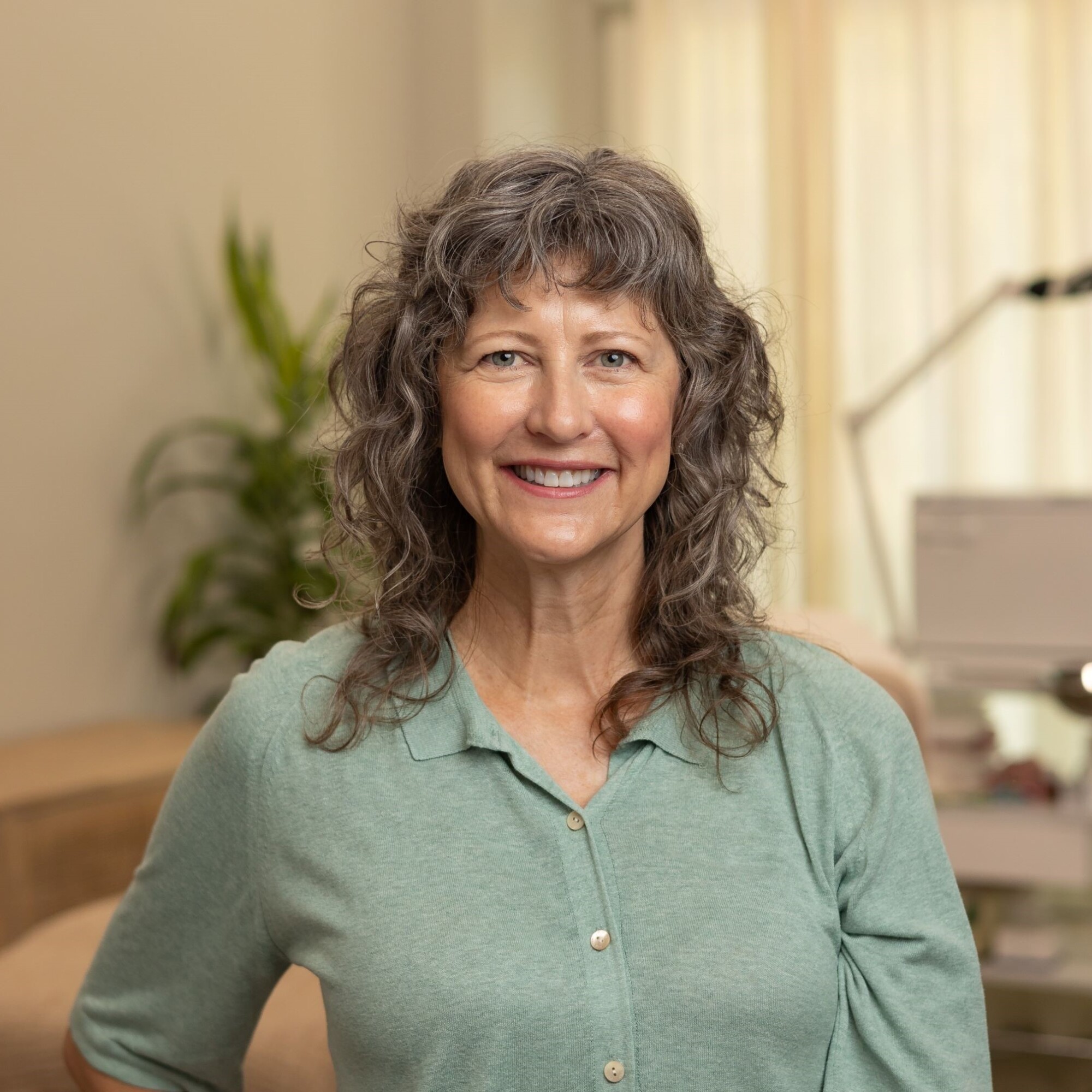
Unsure where to start? Reach out for a free skincare checkup, and our licensed estheticians will optimize your routine for the best results. We’ll be here every step of the way!
